The Past
According to a recent article, the top 10 oldest restaurants in America are:
- McGillin's OldeLouis' Lunch (1895) New Haven, Conn.
- Buckhorn Exchange (1893) Denver
- McGillin’s Olde Ale House (1860) Philadelphia
- Breitbach’s Country Dining (1852) Balltown, Iowa
- Tadich Grill (1849) San Francisco
- Antione’s Restaurant (1840) New Orleans
- Union Oyster House (1826) Boston
- Griswold Inn (1776) Essex, Conn.
- Fraunces Tavern (1762) New York City
- White Horse Tavern (1673) Newport, R.I.
To me, it is fascinating that these establishments are still going!
Most likely, today's restaurants evolved out of the Tavern where travelers could get a bed and a meal on their journey. I am sure that in the 18th and early 19th centuries most people would not think of paying someone to cook a meal for them. It required discretionary income and the 'middle class' would not evolve until later during the industrial revolution.



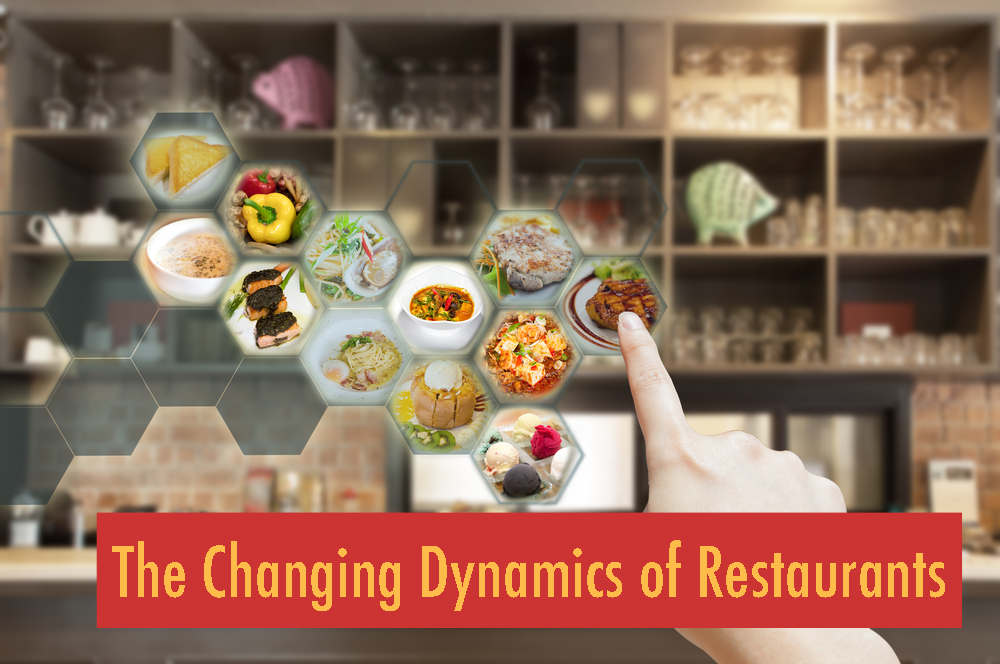



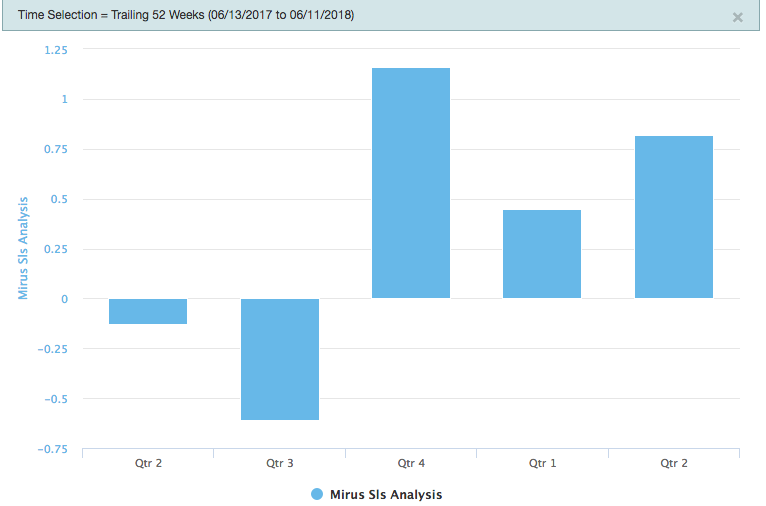
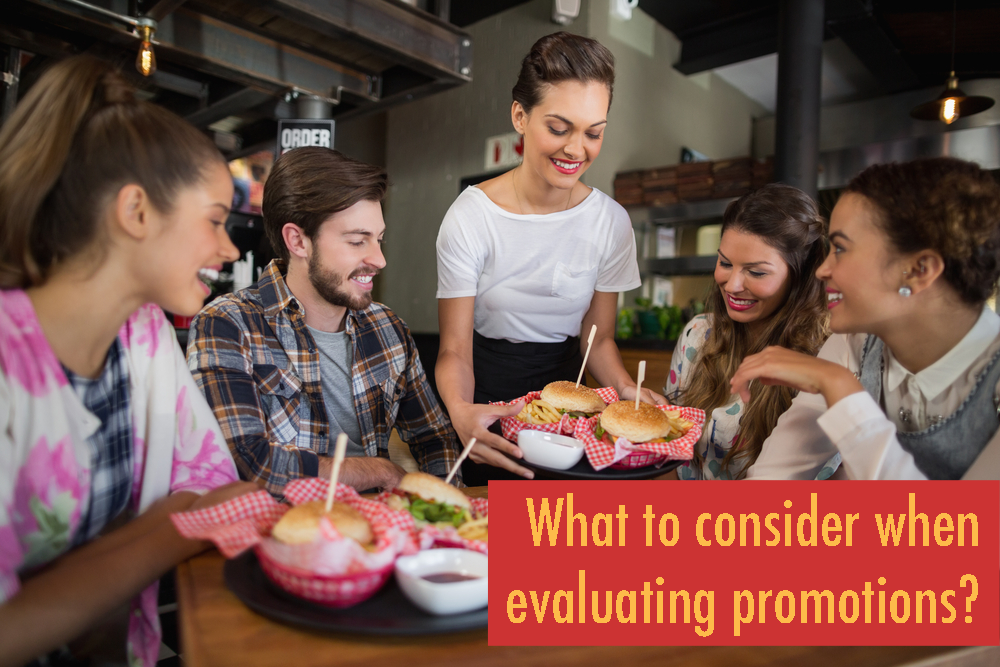


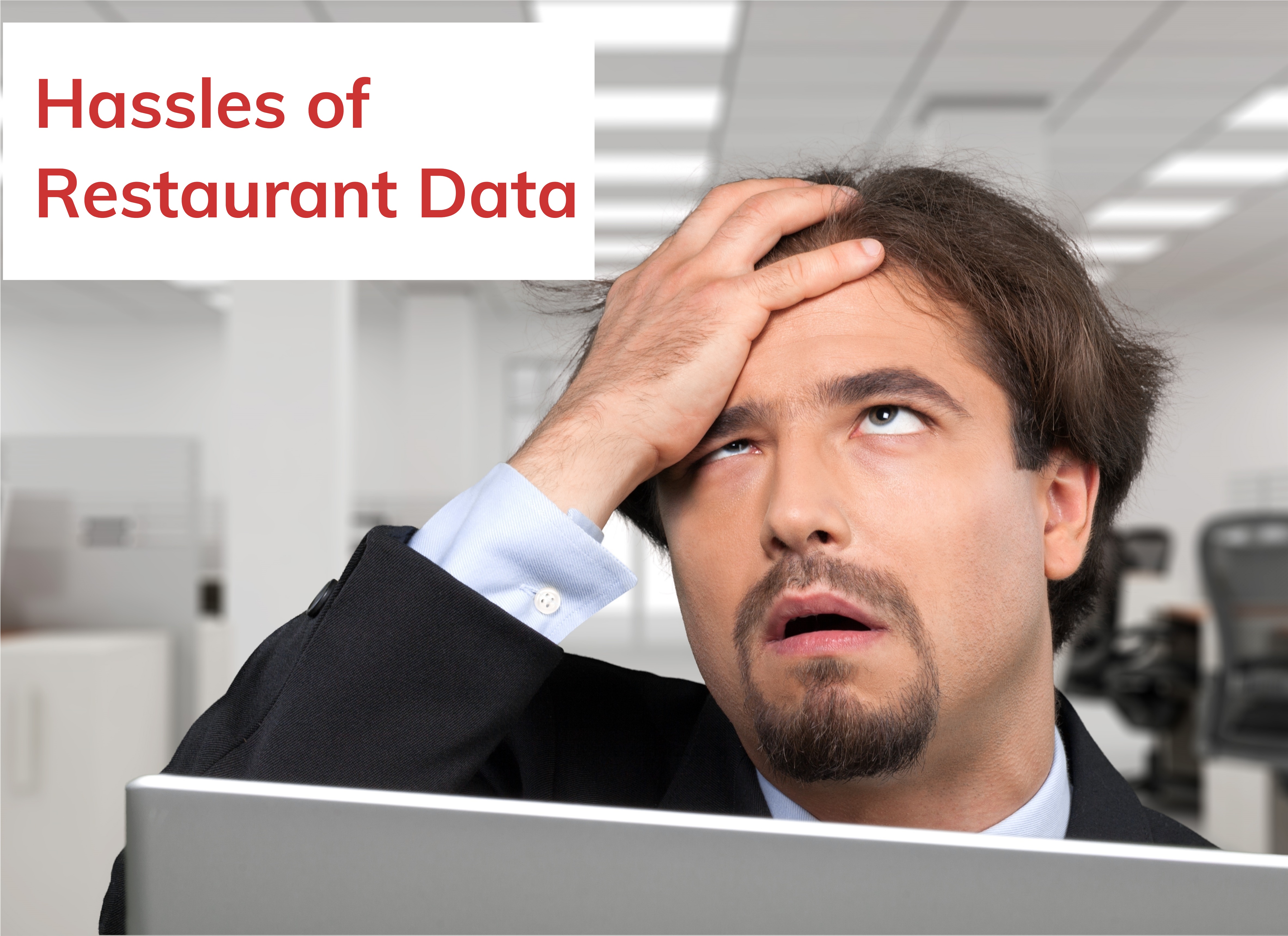
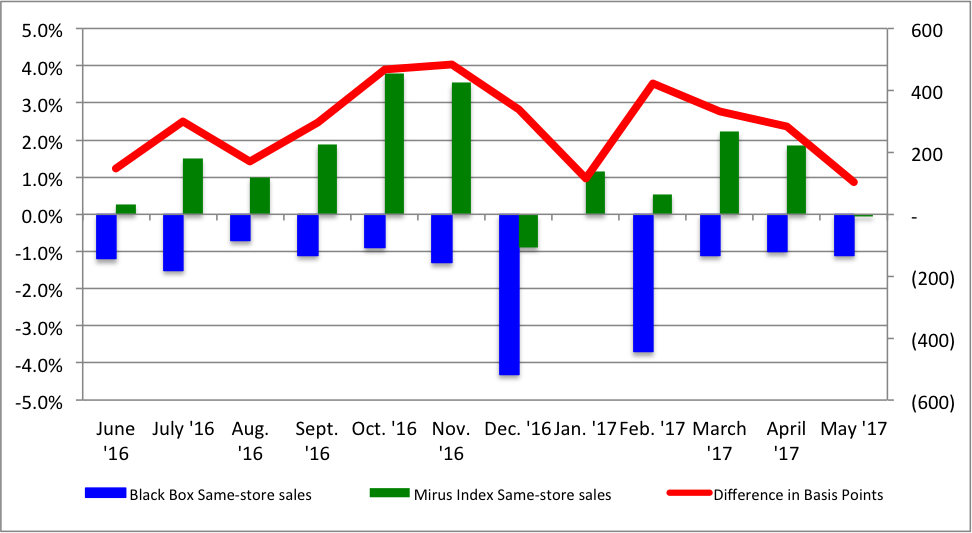





.png?width=50&height=50&name=Mirus%20Logo%20(1).png)